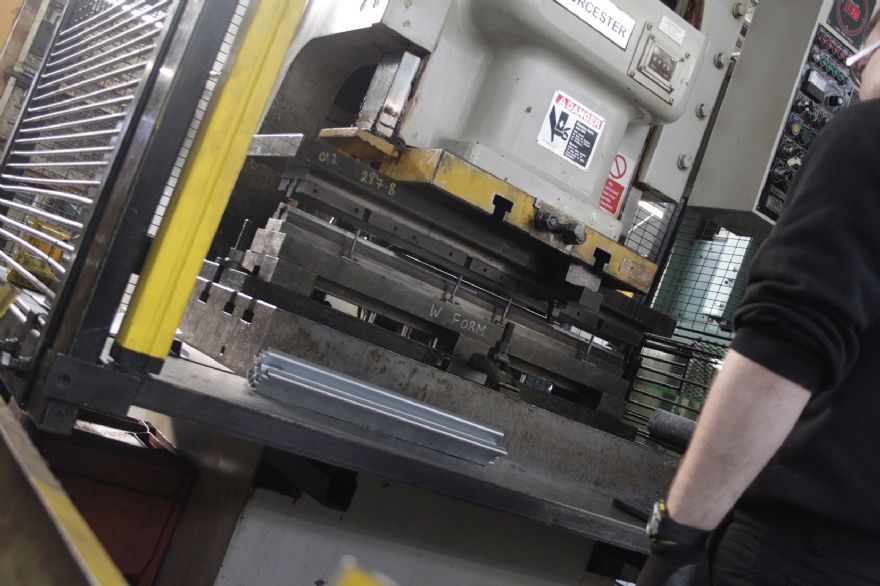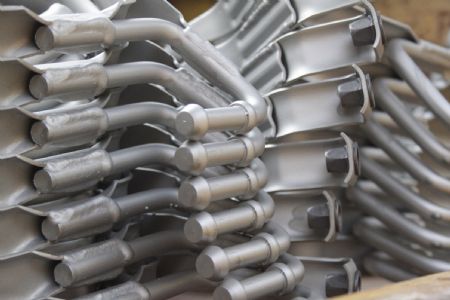
The
Confederation of British Metalforming (CBM) has welcomed
Jaguar Land Rover’s (JLR) staged return to production and the release of the car maker’s own funding stream to support suppliers further down the supply chain. Members from the organisation’s 200-strong base are still raising major liquidity issues, which are causing significant operational problems and threatening a successful restart of supply.
CBM president Stephen Morley said: “JLR is to be applauded for its hard work in getting funds in place and for producing a workable payment scheme that will provide a welcome boost to liquidity, certainly at the top tier of the supply chain. However, there are still some key issues, especially for tier 2, 3 and 4 firms. Firstly, an understanding of what a ‘qualified’ supplier means is paramount and, secondly, there is a reliance on the goodwill of the tier one suppliers to pass the payments down. In some cases, we know this hasn’t happened, albeit some of them might not be in a position to do so through no fault of their own.”
In a call last night between Stephen Morley and MP Chris McDonald, the Minister for Industry, confirmed that he had brought all the major banks in to discuss the situation. He clearly laid out what was required from the banking sector to support the JLR supply chain, specifically tier 2 suppliers and those further down.
Mr Morley added: “The CBM is indebted to the Minister for his intervention with the banks. We are now urging all JLR suppliers to speak to their banks, to see what support they can give right now. I appreciate this might not be a comfortable route for some, but we must look at every avenue whilst we work together with HM Treasury on more long-term support options.”
Gap in salesSuppliers further down the chain need urgent liquidity to firstly survive and then to fund the restart of production, which could involve how they finance calling people back into work. The second hurdle is a gap in sales, and this looks like it could continue to a minimum of eight weeks and could yet stretch to 10 or 12.

Mr Morley continued: “This could be the real breaking point. Within our taskforce, we are constantly discussing funding to support the gaps mentioned and we believe the Growth Guarantee Scheme offers a potential solution. It is already in place and could be modified quickly to be used without the burden of interest costs, especially as it is no fault of the businesses involved. This will spread both the impact of the lost revenue and provide the working capital required to restart the companies when orders come through again.”
The CBM argues that it is in the interest of the banks that good manufacturers survive to avoid longer-term costs to them and HM Treasury. In short, the price of saving good companies is a lot cheaper than losing them.
Mr Morley concluded: “There are wider issues to consider. If immediate liquidity concerns are alleviated, how does this unwind in the future as this will have had a material impact on cashflow, long-term liquidity and profits? We also need to factor in supplier’s arrangements and relationships with their existing lenders as it could impact security and access to other facilities. These are issues for further down the road but could prevent long-term growth for the automotive supply chain and UK manufacturing as a whole.”